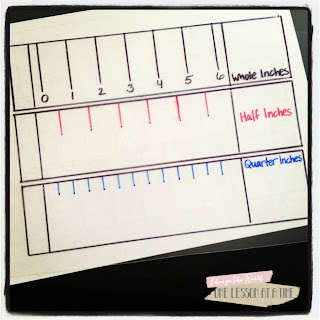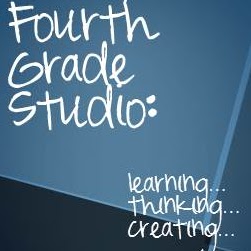ClassDojo is awesome and you probably already know this, but I just wanted to share with you some ways I reward my students with positive DoJo points. If you haven't gotten around to learning about ClassDoJo, just google and you will find umpteen amazing resources.
Thankfully, I have a fantastic class this year, and I rarely have to resort to giving negative points. It seems focusing on the positive points has been more than enough motivation for them up until now. So I'm always looking for more ways to award them the points they want so badly.
Here Are 15 of Those Ways:
- Completed Homework (my students get one every day)
- Getting All Math Homework Problems Correct - Since we can't grade homework, I still have students put up pencils and self-check with highlighters. On some days I will choose to give Dojos to anyone who had every answer correct. This really motivates them to do their best on these assignments.
- Giving 110% Percent - Students receive A's in my class if they do what I ask. But if a student goes above and beyond on a project or science journal activity, I also award them a positive DoJo.
- Awesome Answer in Class - Sometimes a student just says something that is pure genius. This earns them a point. I also give challenge problems in math. Students answer on individual whiteboards. Positive Dojo points are given to correct answers.
- Being Quiet in the Line, Fire Drill, Cafeteria, etc. - This could be whole group or individual.
- Getting a Hall Compliment from Staff - They earn 1 point as a class for teacher compliments and two points for administrator compliments.
- Helping Classmates - If a student finishes early, I often have them help others. If a student didn't listen to my instructions, I ask another student to explain what I said (this also helps my sanity). If a student spills their water or box of school supplies, I observe to see who helps. Then I add DoJo points from my phone or desktop.
- Solving a Dispute Amongst Classmates - When students are in groups and I see them solve a dispute without me, they deserve a positive DoJo.
- Saying a Kind Word - I'm always on the lookout for kind words, encouraging words, compliments, etc. that can be awarded points.
- Picking up Trash
- Tidying Up - Students earn points all the time if they tidy up something that was left undone. This happens a lot with my math station materials.
- Finding Lost Materials - We play lots of math games, so inevitably materials will go missing. If a student finds a bingo chip or game card that was not put up, they earn a point.
- Taking Initiative - There's a wrapper at the lunch table that nobody wants to claim, so Jerry puts it in the trash. Jerry just earned a DoJo point.
- Beginning Morning Routine Well - If students are having trouble getting started, just start awarding students who are working with Dojo points. Make sure the volume is turned up on your desktop. You don't have to say a word. When students start hearing the positive DoJo sounds, they will get the message and start preparing for the day.
- First One Ready- While transitioning to another activity, I often look for the first CALM student or table of students and give them points for being ready.
I know many of these we obvious, but hopefully a few were helpful! Have a great week with ClassDoJo!
Tabitha Carro


























































